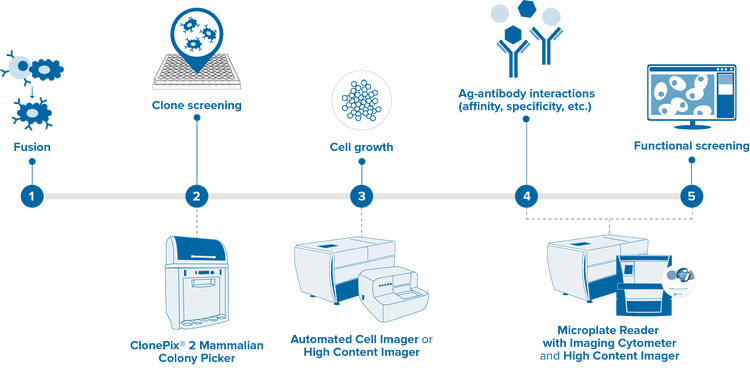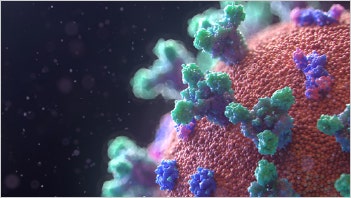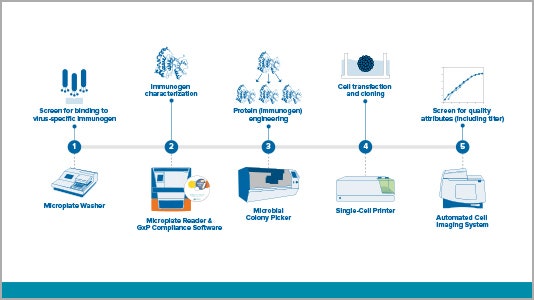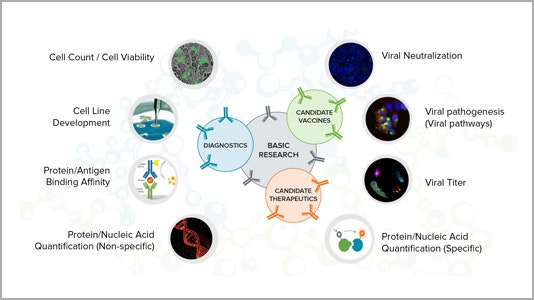
Hybridoma Workflow for Antibody Discovery
Hybridoma generation and screening of large antibody libraries
Hybridoma technology is a method for mass-producing antibodies in a hybrid cell line generated from the fusion of antibody-producing B-cells with an immortalized myeloma cell line, now called a hybridoma cell. Because every B-cell produces a unique antibody, single-cell cloning of hybridomas can be used to generate a diverse library of unique monoclonal antibodies at a large scale, which are very frequently used in the prevention, diagnosis, and treatment of disease.
In this video, Justin Dranschak, manager for BioPharma platforms, presents our solution for a hybridoma workflow and references the systems to aid in your research.
Hybridoma workflow

Step 1: Fusion
The process of fusing B cells, expressing unique antibodies, with myeloma cells creating a hybrid cell line is called a hybridoma.
Step 2: Clone screening
The identification of clonally-derived hybridoma cell lines which are producing high amounts of monoclonal antibodies.
Step 3: Cell growth
Cell growth is determined by monitoring cell divisions over a given period of time using label-free imaging.
Step 4: Specificity and cross reactivity
The process of analyzing the ability of an antibody to bind to only one target antigen.
Step 5: Binding affinity and internalization
Binding affinity is the strength of the binding interaction between a single biomolecule (e.g. protein or DNA) to its ligand/binding partner (e.g. drug or inhibitor). Internalization is the process of monitoring the ability of a given particle to enter into the cell.
COVID-19 related research solutions

Accelerate your COVID-19 research
Molecular Devices is committed to supporting scientists that are researching COVID-19 cellular response and vaccine development by offering technology and solutions that you can deploy rapidly.

Workflow solutions for vaccine development
View a variety of virus-related workflows – from antigent/immunogen and antibody discovery to stable cell line development.

Applications for critical research
Learn more about how our technology can help your research of COVID-19 and other infectious diseases for vaccine development, therapeutics and diagnostics.
Resources related to COVID-19 cellular responses and vaccine development
Systems to accelerate your COVID-19 cellular response and vaccine development
We have validated and compliant laboratory solutions including microplate readers, microplate washers, biopharma and cellular imaging systems to meet your research needs.